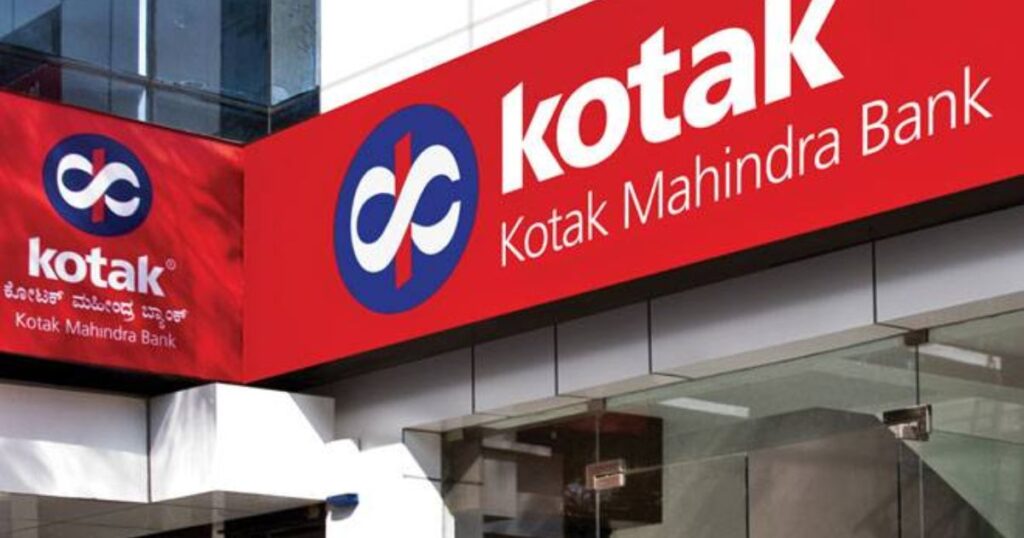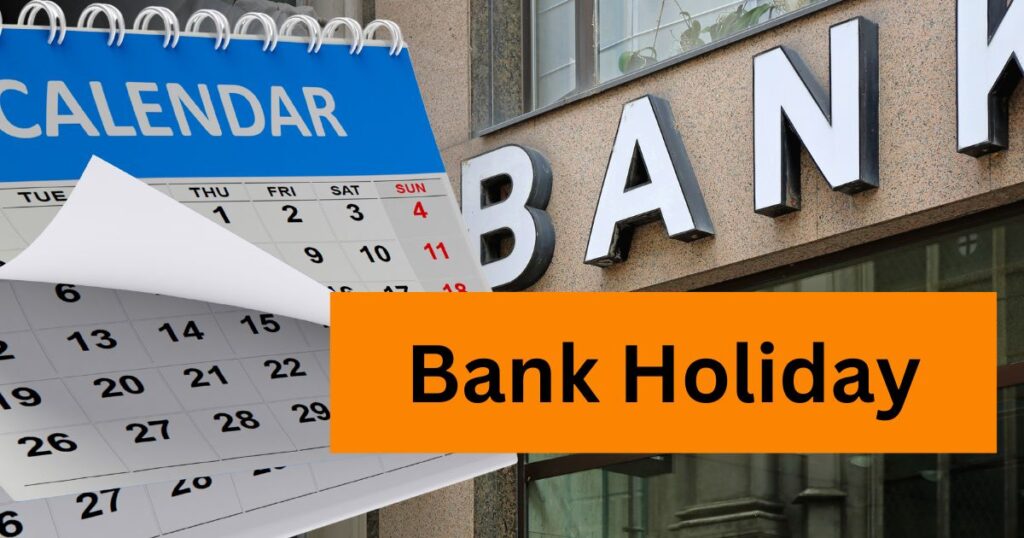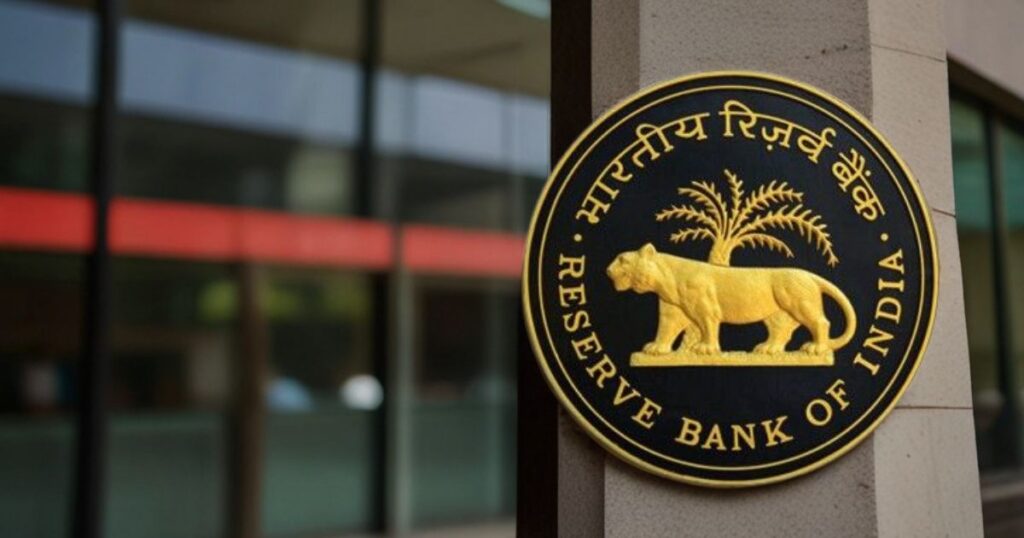What is OCEN? Open Credit Enablement Network is a digital infrastructure intended to democratize the small ticket market in India. OCEN is an API framework that will allow lenders and borrowers to come on the same platform and interact easily. The goal of the OCEN framework is to provide a transparent credit scoring system for small businesses and reduce the efforts and reduce the customer acquisition cost for lenders.
Furthermore, OCEN will allow for sharing the of credit data among lenders, making it easy for lenders to make more thorough lending decisions and for borrowers to access credit easily.
Basic Idea Behind OCEN
Over the last ten years, India’s financial sector has evolved due to numerous technological advances. The last-mile finance marketplace has seen a massive shift as a result of this tech revolution.
The “next billion” consumers are entering the market courtesy of smartphones and internet connectivity, and the technology is swiftly evolving to accommodate their specific needs.
The Open Credit Enablement Network is the most recent in a series of innovations to safeguard and strengthen last-mile borrowers’ credit access.

Small companies stand to gain heavily from implementing this framework as it aims to make it easier for MSMEs (micro, small, and medium-sized enterprises) to get formal loans.
Let’s examine if OCEN is the next UPI moment for MSME digital lending in India.
What is the role of the Open credit Enablement Network in digital lending?
Within the world of digital lending, OCEN acts as a credit protocol infrastructure and as a common language. It creates a standardised API architecture that serves as a middle layer between lenders and online lending services.
The core essence of OCEN lies in comprehensive API coverage. Before the open credit enablement network came into the picture digital platforms faced hurdles to entry into financial services. Now with API integration under the OCEN framework, these platforms can now digitalize their entire lending process and offer last-mile credit access.
Key Stakeholders of Open credit Enablement Network(OCEN) Ecosystem are:
1.Loan Service Provider
LSP could be a web or Android application that has a set of user base. With OCEN in the picture, LSPs can expand their services by enabling easy credit services on their platforms.
2.Technology Service Provider (TSP)
TSPs including Embedded Finance providers are going to play a crucial role in the adaptation and utilization of OCEN. By using an API, embedded finance enables businesses to incorporate financial services directly into their products, allowing them to offer payment, banking, and insurance services without having to create their own proprietary financial infrastructure.
3.Lenders
Banks, NBFCs and small lending institutions come under the class of lenders which provide credit and service access, making embedded finance providers take advantage of their core banking network.
4.Borrowers
MSMEs and small individuals will be the primary beneficiaries of OCEN. They could access the efficient and streamlined process of credit disbursal through the LSP platform with the Open Credit Enablement Network.
How Did OCEN Come to the Limelight?
Let’s be honest.
One of the most stretched processes is still applying for a loan. Due to the mountains of paperwork, the length of time involved, and the high risk of denial, the loan clearance process usually turns applicants away, leaving them in the debt trap of loan sharks. Imagine getting a 7% interest payout each month!
OCEN enters the picture in this scenario. It is the Indian form of the already existing Open Banking system, quite prevalent in the European Union.
On 22nd of July, 2020 at the Global Fintech Festival, Infosys Co-founder Nandan Nilekani announced the debut of the Open Credit Enablement Network, a decentralized network that enables the sharing and exchange of credit information. [The Economic Times]
It aims to provide a more secure and decentralised alternative to traditional credit reporting systems, which are often centralized and controlled by a small number of large institutions.
OCEN Ecosystem allows individuals and organizations to securely share credit information with others while maintaining control over who has access to their data.
It also enables the creation of new financial products and services, such as peer-to-peer lending and credit scoring, and seeks to increase credit availability in India by collaborating with the recently released account aggregator framework.
The overall goal of OCEN is to enable greater financial inclusion and provide more opportunities for individuals and small businesses to access credit.
Also Read: What is ocen?
How Does the Future Look Like for OCEN?
Why is the launch of OCEN being hailed as the subsequent revolutionary development in the country’s loan industry? Let’s take a dive deep into OCEN and learn about what it is, how it came to be, what the future holds, possible challenges, and other information.
Imagine driving to your destination. Which route would you pick—the congested one or the one that is a freeway?
Open Credit Enablement Network is the freeway to the credit line you are looking for. This no-hindrance path is key for a country like India, where accessibility concerns commonly lead to blown credit lines.
The Next Half Billion Internet Users will be made it easier to apply for loans at any time, and OCEN will be used to better serve the MSME sector, small ticket size borrowers, etc., across the state.

OCEN would unite many participants in the lending ecosystem under one roof via APIs and deft integrations. In addition to providing businesses with simplified access to a market that offers a choice of loan options, this enables lenders to construct bespoke credit instruments.
What are The Challenges of the Open Credit Enablement Network?
Due to the inclusion of credit and anticipated growth in the number of borrowers in OCEN, there may be a possible increase in the degree of loan defaults!
To fix this, it could be required to create a task force, an online forum for resolving disputes, and a digital ombudsman. These processes will enable more private companies to enter the market and increase the technology’s adoption.
Transparency of loan data might be tricky. As data volume grows, businesses will compile a list of defaulters, and these people may be excluded from the lending process.
Therefore, The lending process must be comprehensive, and every effort must be taken to provide potential borrowers with the financing they require.
Cybersecurity risks must also be taken into concern. Recently, the data of 110 million customers of the financial company Mobikwik was auctioned off on the dark web. The data includes names, contact details, email addresses, locations, GPS coordinates, and details about mobile devices. [The Indian Express]
The need to improve the security of digital platforms and workflows is brought up by similar data breaches that have occurred in India and other countries.
All parties concerned must be conscious of the risks associated with data privacy, confidentiality, and security because India currently lacks a data protection law.
Lastly, technical ignorance could lead to financial fraud and online theft. Therefore, targeted digital literacy initiatives must be implemented in parallel with the introduction of new technologies and platforms.
Also read: Best RBI Approved Loan Apps in India
Final Verdict
Open Credit Enablement Network has the potential to revolutionize MSME financing in India if it is executed well. The digital network that will be created using the blueprint may encourage improved service for the MSME borrower by harnessing the technological acumen of multiple players, including LSPs, TSPs and lenders.
By 2030, India’s financial sector will generate $200 billion in revenue and generate $1 trillion worth of financial products. The well-regulated and well-funded sector is teaming up with growing smartphone penetration and a younger generation in a country recognized as a hub for entrepreneurs. [The Times Of India]
In fact, the fintech industry would be home to 17 of India’s 100 unicorn firms, and between 2022 and 2028, the fintech ecosystem is expected to snowball, with a CAGR of 6.3%. [Inc 42]
Two other prominent DPGs in India that have gained much traction and reach are Aadhaar and UPI. There seems to be every reason to believe that OCEN would be the next UPI moment for MSME lending in India!
MSMEs will have more flexibility of choice and a secure, pragmatic option for obtaining government finance. The loan application process will be streamlined, and credit underwriting will place less emphasis on outmoded methods like credit history research and more emphasis on factors like a company’s steady cash flow.
The implementation of OCEN will eventually have a substantial beneficial effect on MSME and the country’s GDP.
FAQs
What is OCEN API?
The Open Credit Enablement Network (OCEN) is a decentralised credit network that intends to offer a platform for securely and openly linking credit providers and borrowers.
Who developed OCEN?
The Open Credit Enablement Network (OCEN), a credit protocol framework that would democratize the lending ecosystem, was founded by the Indian Software Product Industry Roundtable (iSpirt), an industry think tank.
What is the full form of OCEN?
OCEN stands for Open Credit Enablement Network.
What are examples of open credit?
Examples of open credit are Credit cards and lines of credit.
Who are the account aggregators in India?
An account aggregator is an RBI-regulated entity with an NBFC-AA license that helps individuals access and transmit information digitally across financial institutions.
Do banks have an open API?
Through open banking APIs, banks provide the partner with the necessary data, and the partner then provides clients with cutting-edge digital solutions. The open banking APIs of the bank is only used by the partner’s digital products.
When was OCEN launched?
On July 22, during the Global Fintech Festival 2020, Nandan Nilekani, co-founder of Infosys, announced the debut of the Open Credit Enablement Network (OCEN), a decentralized network that permits the sharing and exchange of credit information.
















